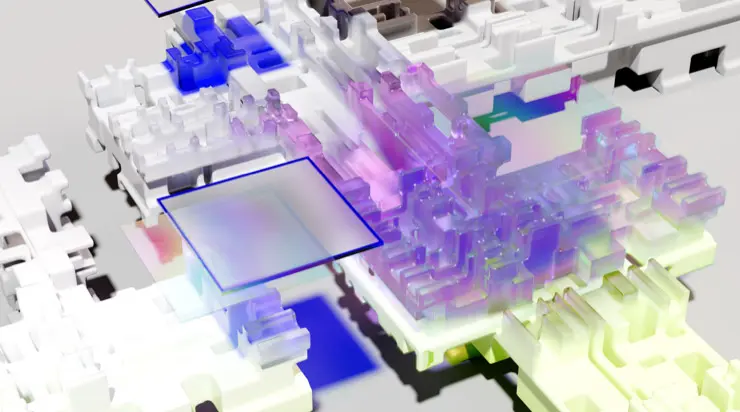As a small business owner, your website is often the first interaction potential customers have with your brand. A well-designed, user-friendly website can make all the difference in converting visitors into leads and customers. In this comprehensive guide, we’ll explore the key elements of effective website design for small businesses and provide actionable tips to help you create an online presence that truly resonates with your target audience.
Importance of Website Design for Small Businesses
In today’s digital landscape, a professional and visually appealing website is essential for small businesses to remain competitive. A well-designed website not only enhances your brand’s credibility but also:
- Improves User Experience: An intuitive and responsive website design ensures visitors can easily navigate and find the information they need, leading to higher engagement and lower bounce rates.
- Boosts Online Visibility: Effective website design, combined with solid search engine optimization (SEO) strategies, can improve your search engine rankings and drive more organic traffic to your site.
- Increases Conversion Rates: A well-crafted website that guides visitors through the buyer’s journey can significantly increase the likelihood of them taking the desired action, such as making a purchase or filling out a contact form.
- Establishes a Professional Image: A visually appealing and modern website design reflects the professionalism and quality of your small business, instilling trust and confidence in your potential customers.

Key Elements of Effective Website Design
- Responsive and Mobile-Friendly Design: With the majority of internet users accessing websites from their smartphones and tablets, it’s crucial to ensure your website is optimized for seamless cross-device compatibility. A responsive design that adapts to different screen sizes and provides an exceptional mobile experience can greatly enhance user engagement and satisfaction.
- Clear and Intuitive Navigation: Your website’s navigation structure should be straightforward and logical, allowing visitors to easily find the information they’re seeking. Implement a clean menu hierarchy, use descriptive labels, and consider incorporating features like a search bar to enhance the user experience.
- Visually Appealing Aesthetics: The visual appeal of your website plays a significant role in creating a lasting impression. Invest in high-quality, visually striking imagery, use a consistent color palette that aligns with your brand, and incorporate design elements that reflect your business’s personality and professionalism.
- Compelling and Informative Content: Crafting compelling and informative content is essential for engaging your target audience. Ensure your website’s content is well-written, easy to scan, and provides value to your visitors. Consider incorporating multimedia elements, such as videos or infographics, to enhance the user experience.
- Strategic Call-to-Action (CTA): Strategically placed and compelling CTAs can guide your website visitors towards the desired actions, such as making a purchase, filling out a contact form, or subscribing to your newsletter. Use clear and actionable language to encourage conversions.
- Optimized for Search Engines: Effective website design should also incorporate solid SEO practices to improve your online visibility and attract more organic traffic. This includes optimizing page titles, meta descriptions, image alt text, and incorporating relevant keywords throughout your website’s content.
- Fast Loading Speed: Website loading speed is a critical factor in user experience and can also impact your search engine rankings. Optimize your website’s images, minimize the use of heavy media files, and consider using a content delivery network (CDN) to ensure fast page load times across all devices.
- Seamless User Experience: From the moment a visitor lands on your website to the moment they complete a desired action, the user experience should be seamless and intuitive. Eliminate any friction points, ensure clear navigation, and provide a consistent and enjoyable experience across all pages.
"Craft a website that captivates with visuals, engages with content, and converts with seamless functionality—because every click counts."



